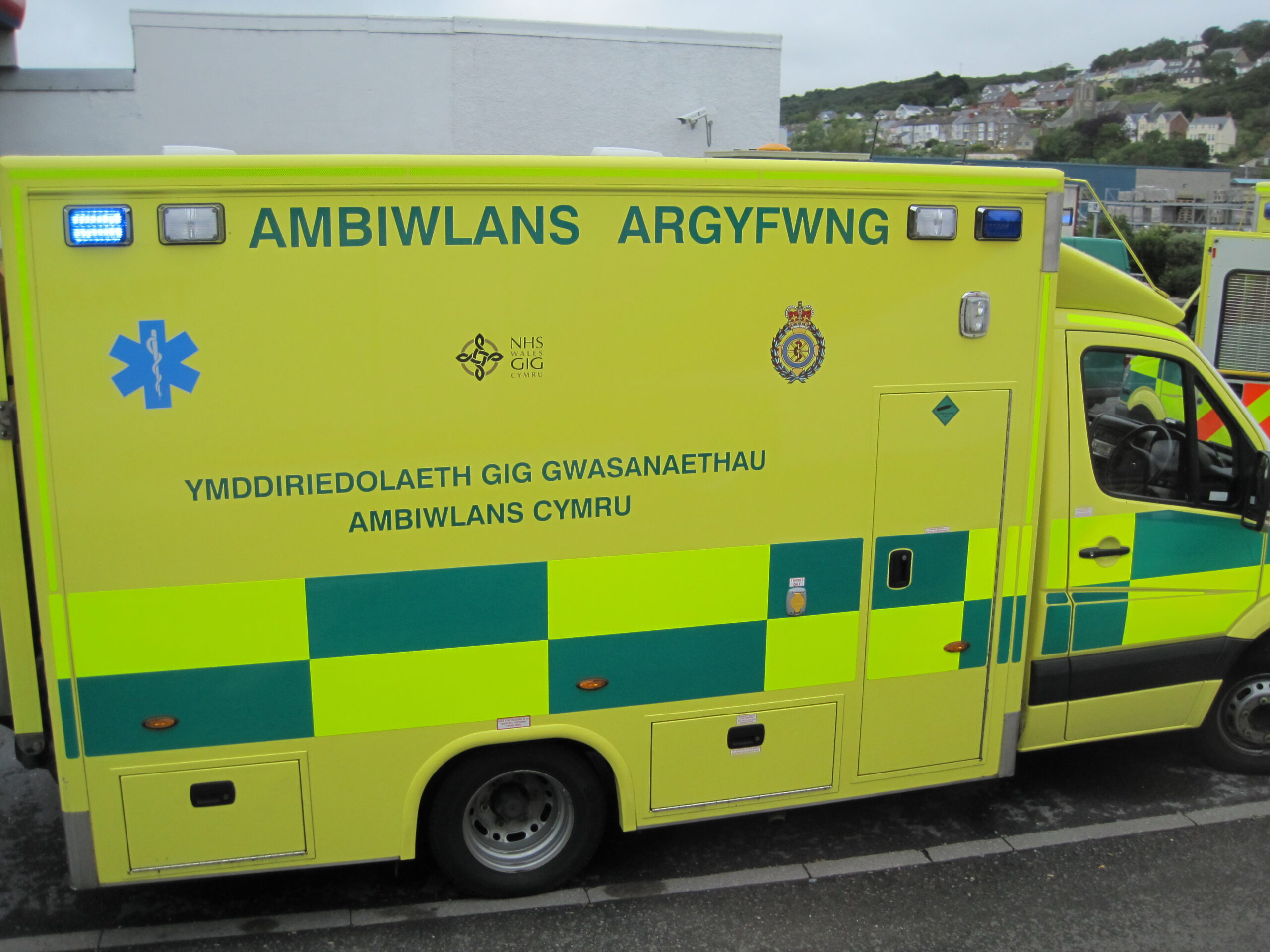Cwm Taf the worst performing area for A&E Waiting Times.

2023 in Labour-run NHS set to look the same as last year
A&E and ambulance waiting times in the Labour-run NHS continue to be stuck at terrible 2022 levels despite a small recovery after reaching their worst rates last in December, while treatment waiting lists still lag well behind England.
Nearly a quarter (24%) of the Welsh population is on a waiting list, with the number of people waiting over two years for treatment now at 45,386, despite such waits being virtually eliminated in England and Scotland.
Also, in December, 1-in-5 Welsh patients waited over a year for treatment, but only 1-in-18 do so in England. Meanwhile, the median waiting time for that same month in Wales was 22 weeks compared to 14 in England.
Last month, 30% of patients had to wait over the four-hour target to be seen in A&E last month compared to 28% in England. The Welsh target to get 95% admittances seen in four hours has never been met in its 13-year existence.
Commenting, Welsh Conservative and Shadow Health Minister Russell George MS said:
“No doubt the Labour Government in Cardiff Bay will try to spin this as good news because waits were better than the record-bad waits hit in December, but the truth is this is just a return to what we had to endure throughout last year.
“It remains the case that A&E waits, ambulance response times, and NHS treatment waiting lists are longer in Labour-run Wales than in England and that doesn’t look like it’s going to change anytime soon.
“In addition to ending industrial action, we need Labour ministers to adopt our GP Access Plan, NHS Tech Bundle, and surgical hubs model to end Wales’ place as the weakest NHS in Britain.
“Labour need to get a grip on the NHS and stop breaking all the wrong records.”
Additional statistics also revealed that:
- The Cwm Taf Morgannwg health board was the worst performing area in the nation against the four-hour A&E target, seeing only 63% in four hours;
- An astonishing 44% of patients had to wait over four hours at emergency departments in Ysbyty Glan Clwyd, making it the worst performing site in Wales;
- 9,000 patients waited over 12 hours in Welsh hospitals; and
- Adults aged 85+ spent an average of over six hours in emergency departments.
Meanwhile, when it came to ambulance performance in January, only 49% of responses to immediately life-threatening calls arrived within eight minutes – the best rate since September last year, but worse than every month on record before then.
The target of 65% of red-calls reaching their patient within eight minutes has not been reached now since July 2020. Staggeringly, nearly half (47%) of amber call patients – which include strokes – took over an hour to reach, with only 33% arriving within 30 minutes.
The slowest ambulances were in the Cwm Taf Morgannwg health board area with only 41% arriving within the eight-minute target of a red-call. Only 44% came to the scene within an hour of an amber call in Cwm Taf Morgannwg.
The average red-call in Wales was responded to in eight minutes and eleven seconds, 19 seconds quicker than the average Category 1 call in England. However, Category 2 calls in England had a median response time of 32:06 minutes, compared to 53:28 minutes for amber calls in Wales.
You may also be interested in
Welsh Conservatives response to teachers strike
Thursday, 23 February, 2023
Commenting on the news that teachers have rejected a revised pay offer by Labour, Welsh Conservative Shadow Minister for Education, Laura Anne Jones MS said:

